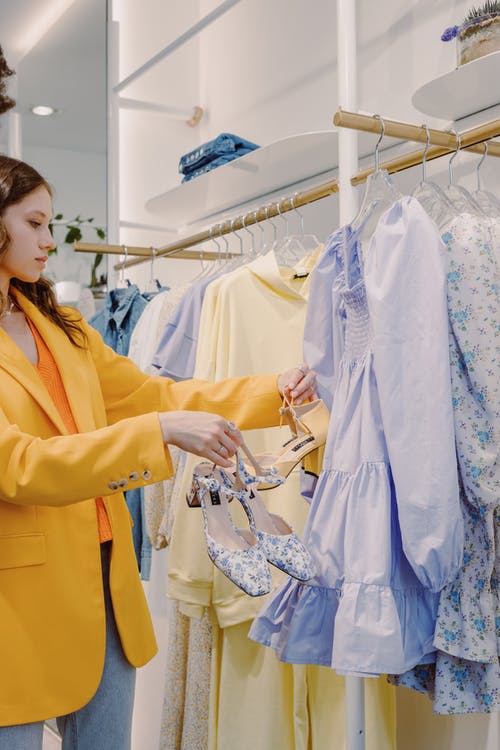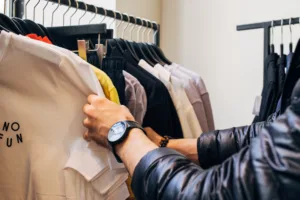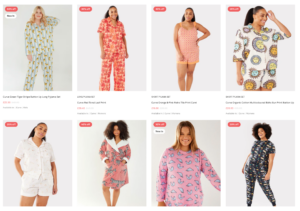The cost-of-living crisis is prompting less frequent, but more considered fashion purchasing behaviours amongst shoppers according to True Fit, a platform for apparel and footwear retailers to optimise size and fit guidance.
Trends from True Fit’s Fashion Genome, the world’s largest connected data set for fashion, which analyses insights from 17,000 brands, hundreds of leading retailers and preference data for 90 million active members, showed that while web traffic in June levelled to the same volumes seen in 2021 – order frequency fell 10% year-on-year in June compared to the same period last year.
With the UK experiencing the highest level of inflation since the 1980s, and the cost of fuel, food and energy continuing to rise, inflationary pressures are intensifying and hitting household budgets; a recent survey by accounting firm, EY, suggests that over half of UK consumers plan to cut back on clothing, while two fifths plan to cut back on discretionary spending on electrical goods.
However, True Fit’s data shows shoppers are being more considered with their fashion purchases. While they are checking out less frequently compared to last year, they are behaving with higher intent and buying larger basket sizes when they do decide to spend. Average order value is up significantly by 17% in 2022 on average compared to 2021, with the average basket size rising from just over £115 to in excess of £130.
Sarah Curran MBE, GM EMEA at True Fit, said: “Retailers are having to quickly learn how to engage an increasingly fragmented shopper landscape; not only is each purchase becoming more considered, but the cost-of-living is hitting consumers who may shop with the same brand in very different ways. Whether that pushes them towards lower price points or long-term value, retailers are increasingly having to communicate and personalise to a polarised customer-base. The key to succeeding in this time as a direct to consumer brand is to double-down on lowering the cost of acquisition by connecting and engaging with high intent and high value shoppers, and baking in the confidence to convert into their online buying journeys.”
As the cost-of-living continues to push up prices for food, fuel and energy, this may extend beyond just making consumers more cautious with discretionary spend, but may also impact the channels in which they choose to shop. With fuel prices at the pump rising to in excess of £1.80 per litre, the ONS estimated that fuel consumption in June fell 4.3%, potentially pushing consumers to switch spend to online, rather than ‘investing’ in the fuel to shop in-store or head into town.
This, True Fit suggests, makes it even more imperative that online fashion retailers can serve 100% of traffic – whether they are new or returning customers – with personal size and fit recommendations, to ensure customers have the confidence to convert. It may also put more pressure on retailers, such Zara, which was one of the first-movers opting to charge shoppers to return goods. Already an unpopular move with fashion customers, it may serve to further damage brand consideration and risk lost loyalty; a recent study by Klarna showed 78% of consumers will only shop with retailers who make returns easy and free.
Demand for fit personalisation was also up in June, with new registrations of True Fit shoppers up +20% on pre-pandemic levels, while research of 14,000 international shoppers across 14 markets by ESW showed over three quarters (77%) of consumers now want retailers to offer tools and solutions that helped them find the right size item when shopping online. Prompted by the increased demand from shoppers, who want personalised fit and size guidance served to them, whether they are a returning customer to a brand or shopping with a new retailer, True Fit has recently launched a D2C shopper page on its website. The new D2C shopper page allows consumers to build their fit profile direct on the True Fit site, helping them easily shop online fashion with confidence across 17,000 brands globally.











